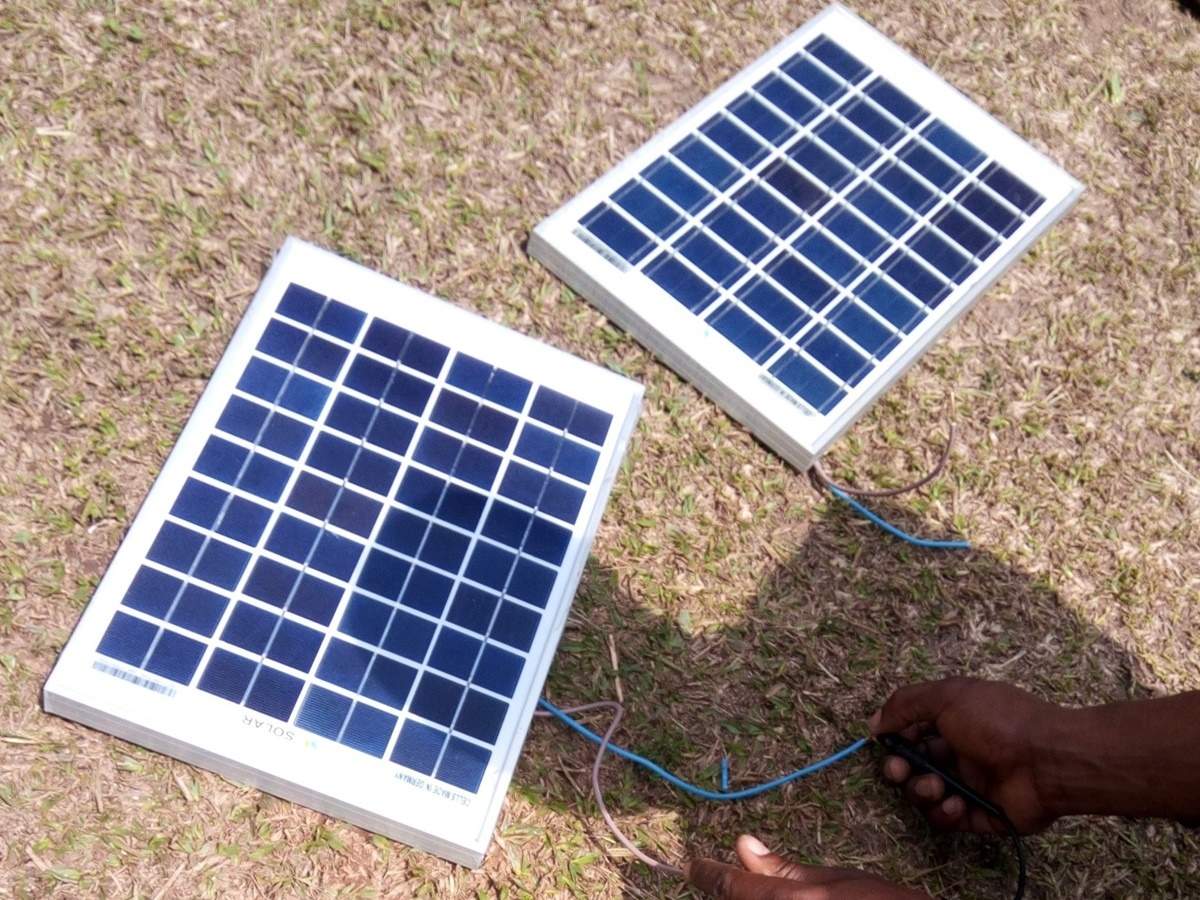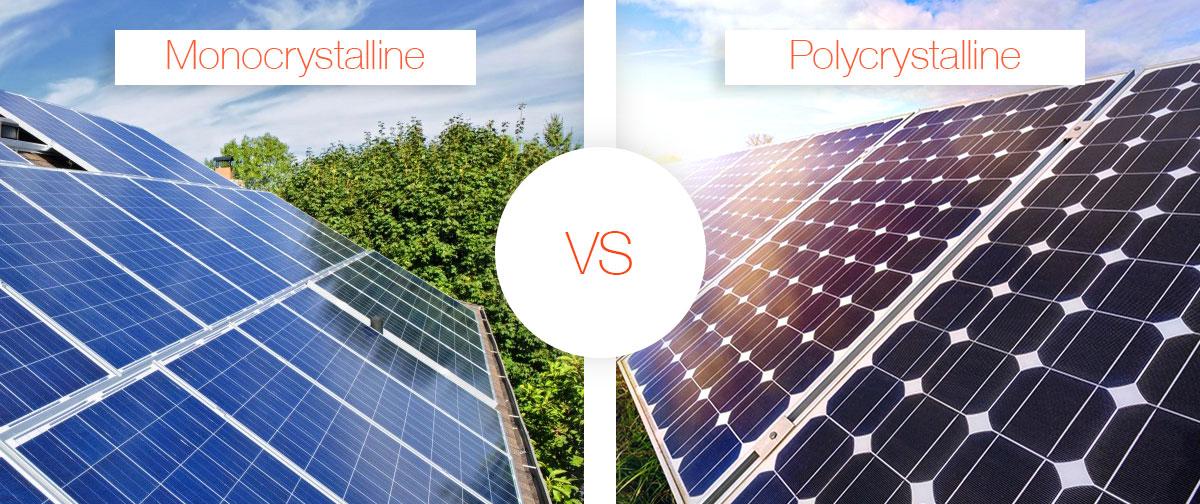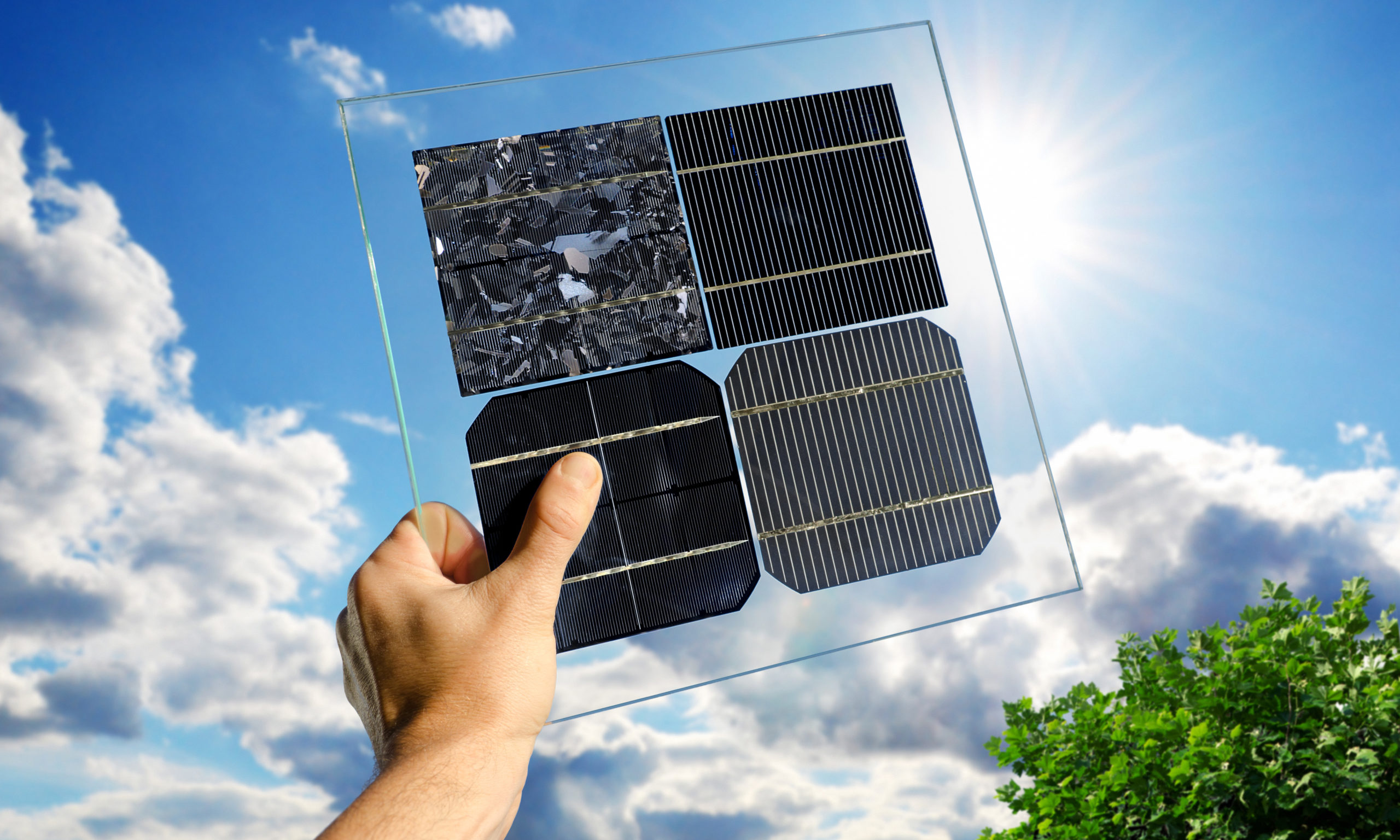For solar panels, monocrystalline will do a significantly better job at harvesting sunlight. Efficiency where Monocrystalline panels have an efficiency of 18%-22% and Polycrystalline range from 15-18%. Although monocrystalline panels cost a small amount more at $0.25–$0.35 per watt, they actually generate more electricity over their 25-year life with reduced losses of only 0.3% to 05 % per year. On the other hand, texturing educational institutions are regarded as absolutely cheap as polycrystalline panels normally cost roughly £.20p/W –.30p/W, even supposing that they get a faster annual crumbling process of about 0.5%-0.6% appropriate for budget-sensitive tasks having said that this expectancy's lifespan is actually considerably shorter than monocrystalline and mold thought to runabout in something round fourteen ages.
Efficiency Comparison
This generally means that monocrystalline solar panels will usually be more efficient than polycrystalline ones. In particular, the monocrystalline panels have an average between 18% to 22%, and polycrystalline ones are between (15%-18%). An obvious advantage is that monocrystalline panels allow more electricity to be produced from the same amount of area due to their higher efficiency. Monocrystalline panels typically produce between 180 and 220 watts of power per meter-square exposure on a polycrystalline solar panel, which generally offers about the same amount, in the range of approximatly150 to 180 watts depending on available sunlight.
A 10 square meter monocrystalline panel system would generate between 1800-2200 watts of power, and the same size polycrystalline panel type generates about 1500-18000 watts. Of course, that was only (given an average rate of 4 hours with good sunlight and using the lesson from above) about 7.2–8.8 kilowatt-hours if we are talking monocrystalline, so it meant a little bit less in polycrystalline panels.
Cost Consideration
The cost of a solar project is more important. Monocrystalline solar panels are typically more expensive per watt because of the complexity of their manufacturing. Cumulative data from the market suggest that monocrystalline solar panels cost between $0.25 and $0.35 per watt, with cheaper polycrystalline panels available for only just a little less, typically in the range of $0.20 to about 30 cents/watt.
For a 5-kilowatt residential solar system, the cost of the entire array would be approximately $1,250 and up for every monocrystalline panel used, while polycrystalline makes could make the complete total system price costs around $1,000 to $$1.500 in case each panel will greatly reduce the wide variety. Monocrystalline panels may have a higher initial investment; however, they present more ROI in the long run due to increased power output. So, considering the cost of one unit ($0.12), the daily return from electricity generation for a monocrystalline system will be $0.864 — $1.056, and poly would bring you only 0,72- $ 0864; In Processing Period of 25 years, The Total Electricity Revenue With Monocrystalline Would be in between Dollar $7,884 to Dollars$9,636 And with polycrystalline System It Gets reduced and will become in range of dollars6,570toDollars7.
Durability and Lifespan
Solar panel longevity and durability also impact ROI. In general, the life of monocrystalline solar panels is more than 25 years, and the annual decay rates are about 0.3–0.5%. This means monocrystalline panels can still deliver more than 85% of their original output power after a quarter century. Regardless, a 300 watt output power of an original monocrystalline panel should still generate between 255 to 270 watts after the years pass.
Polycrystalline solar panels, on the other hand, usually last 20 to 25 years with an annual degradation of about 5% –to .7%. This means that in 25 years, polycrystalline panels are expected to be reduced up to around 80% of their original power output. After 25 years, a polycrystalline panel with an initial output of 300 watts may only offer you around 240 watts.
Appearance and Application Scenarios
Monocrystalline Solar Panels have a smooth, dark appearance, as these give the monolithic structure of crystallinity, which gives it all-black or black-silver alternatives and provides even more sleek, smarter, superior cosmetics compared to others. This is why monocrystalline panels are very popular when it comes to construction projects where aesthetics play a key role, such as high-end residential and commercial buildings. On the market, research Monocrystalline panels are more popular than polycrystals, with 60% being in High-End residential projects. Generally, people who have less area to cover for solar purposes and are also looking for better aesthetics always go toward mono due to its higher efficiency.
Polycrystalline solar PV is slightly less efficient and a little bluer than monocrystals, which, when combined with visible crystals, makes them less attractive to the user as they are generally used in large-scale power plants. Poly panels are chosen by approximately 70% of the world's large, utility-scale solar power plants because they are lower in cost and perform well consistently when it gets hot out, which is extremely important for most sites around the world.



